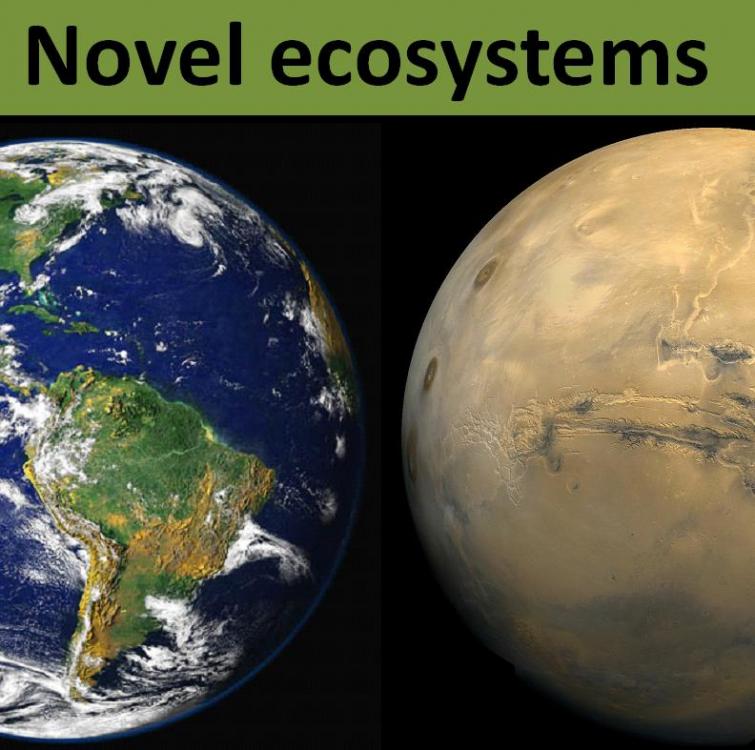Posted 02/26/13
Novel ecosystems are ecosystems with a unique mix of native and exotic species or other human influences and therefore have no historical analog. As these ecosystems become increasingly prevalent, it becomes even more important to understand their distribution and trends. Dr. Sebastian Martinuzzi is modeling future land use patterns under multiple scenarios to predict where novel ecosystems may occur in the future.

Over the past several centuries, humans have changed natural landscapes in dramatic ways, primarily through the introduction of exotic species and land-use such as agriculture. These changes have produced new ecosystems that have never existed before. These are known as ‘novel ecosystems’, though some may refer to them as degraded, invaded, or anthropogenic. Sebastian, a post-doctoral researcher in the Silvis Lab, is working to predict where novel ecosystems are most likely to occur in the future. According to Sebastian: ‘These [novel ecosystems] challenge the way we manage and conserve resources and biodiversity, mainly because they are not ‘pristine’, yet these ecosystems can still provide ecosystem services, such as wildlife habitat and carbon sequestration’.Novel ecosystems present particular challenges for land and resource managers because of their uniqueness. When considering novel ecosystems, it is important to understand the trend. For example, will novel ecosystems in the United States become for frequent in the future? Sebastian focuses primarily on future land use change as a predictor of novel ecosystems. Land abandonment and the expansion of human land uses into formerly ‘wild’ ecosystems favor novel ecosystems. ‘If you can predict future land abandonment and degradation, you may be able to have an idea where conditions will be suitable for the mixing of native and exotic species, and thus for the potential development of ecosystem with some novel condition,’ says Sebastian. He is using econometric projections of future land use changes of the United States under different socioeconomic scenarios to see possible future outcomes. Sebastian has little doubt that novel ecosystems will continue be an important influence, ‘future land use changes in the US will continue to favor the potential mixing of exotic and native species, and potentially the establishment of ecosystems with some degree of novelty. In other words, those land-use forces that are known to shape novel ecosystems will continue to be present in the future.’Personal recommendations: If you are interested in novel ecosystems, you may want to read: ‘Novel ecosystems: theoretical and management aspects of the new ecological world order’ by R.J. Hobbs and colleagues (2006), published in Global Ecology and Biogeography. Other interesting pieces are ‘Ragamuffin Earth’, published in Nature (Vol. 460), or ‘Conundrums, paradoxes, and surprises: a brave new world of biodiversity conservation’ by A.E. Lugo (2012).Did you know? The University of Wisconsin Madison – including our lab – has been recently awarded with an IGERT grant focused on novel ecosystems and biodiversity conservation. Stay tuned for more information!”
Story by Patrick Culbert
